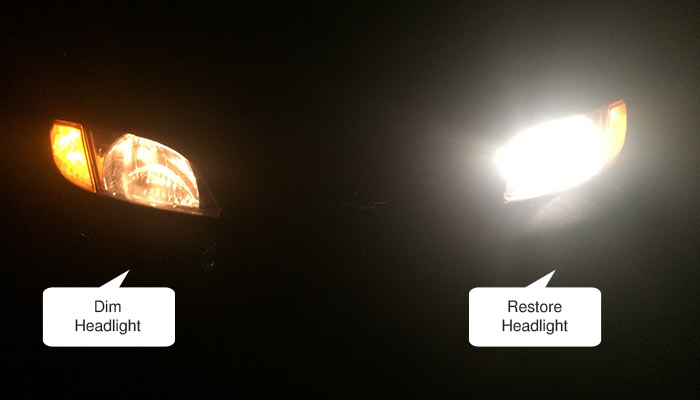Why Are My Headlights Dim? Car Headlight Troubleshooting
A dimming headlight is not good for your car. It makes it harder to see where you’re going and could even cause a crash. If your headlights are dimming and you’re unsure why – you’ve come to the right place. We’ve got all the information you need to fix this problem.
Headlights, or lights for short, are the primary source of illumination for your car. They provide the light you need to see and navigate your way home or to work safely. However, they can sometimes become dim or stop working altogether for various reasons.
If your headlights seem dimmer than usual, it may be time to replace them with new bulbs. It is important to know the signs of when your headlights need replacement and how to test the bulbs.
If you find that they are not as bright as they should be, you should inspect the fuse box, and if there is a blown fuse, it may need replacing. Learn the reasons why headlights are dim, how to test bulbs and replace fuses with our DIY instructions, and how much it will cost to fix them on your own.
Do Car Headlights Dim With Age?
Have you noticed your car headlights are not as bright as they used to be? You don’t need to worry about it too much, but if you want your eyesight to stay sharp, then maybe it’s time for some new bulbs.
Headlights often dim with age because they collect dust and dirt over time, causing the lens to become less transparent. They also experience increased oxidation in their circuitry, which causes them to lose their luster and emit less light.
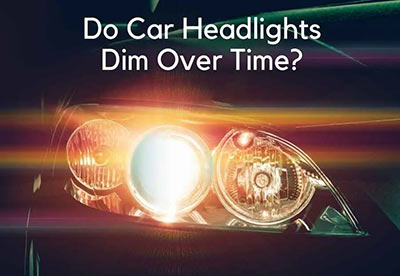
The brightness of headlights may go down with age, which most drivers have experienced at least once. They can get weaker, but it doesn’t happen suddenly; it’s gradual and depends on your driving habits and driving conditions.
Why Are My Headlights Dim? – Possible Reasons For Headlight Dimming
If your headlights are dim, there could be many things causing it. It’s important to identify the issue quickly so you can address it and avoid further problems.
Trouble With The Wiring
Many electrical components illuminate your headlight bulb. The wiring harness and the fuse are typically included in most vehicles. Headlamps run on power from these components.
Therefore, there is a possibility that your headlights will dim, misfire, or stop working altogether due to wiring problems. This does not happen very often, but it does happen. Additionally, if you have recently made any DIY repairs to your headlights, you are more likely to experience them.
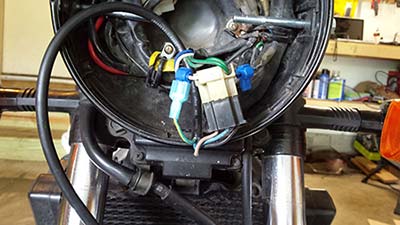
If you have a wiring issue, this headlight repair depends on the exact nature of your problem. Adjusting the wiring, a new wiring harness, a replacement fuse, or another type of electrical repair may be necessary. Your headlight troubles can be diagnosed by a mechanic who can design a repair plan with you.
Yellowed Lenses
Dim lighting is often not caused by aging bulbs or faulty wiring. Instead, they are caused by the aging of the headlight lenses. That’s the large piece of plastic covering the bulbs. As for lenses, as they age, they turn yellow, which reduces the amount of light they can transmit and limits your night vision.
Acrylic is commonly used for the plastic pieces covering the bulbs of headlights. The material reacts chemically with ultraviolet rays from the sun.
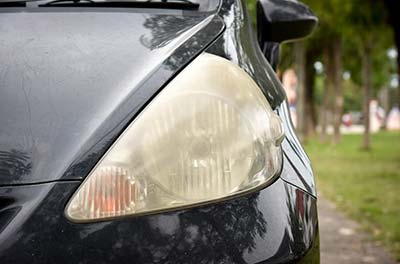
Eventually, oxidation can lead to cloudy, yellowed, or foggy-looking lenses. Oxidized lenses are opaque, transmitting less light than clear lenses. No matter how new your headlamp bulbs are, they will still look dim.
Alternator Failure
A failing alternator is another very common cause of dim headlights. A malfunctioning alternator could cause the lights to brighten and dim when the engine is revving up and down.
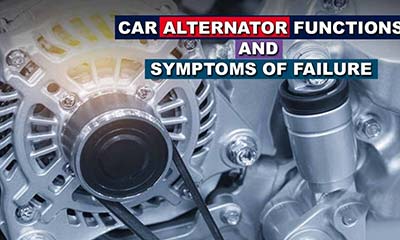
The least the alternator will do is cause dim lights. The car will lose all power as the battery drains and ultimately die. You will be stranded on the side of the highway.
Changing The Configuration
There are usually several different types of lighting options available for drivers on vehicles today. Take a moment to double-check your settings if your headlights appear dim or stop working.
Unless they are otherwise configured, most modern headlights adjust automatically. Thus, many drivers simply “set it and forget it.” When a guest driver or accidentally bump adjusts your lighting, you might not realize it was changed manually.

It might seem obvious, but it is possible that you are using your fog lights instead of your standard headlights. You should be able to get your headlights working again by making a simple adjustment to the settings.
Burnt Out Bulb
The most common headlight issues include dim, dying, or burnt-out bulbs. Simply replacing the bulb is the solution to these issues. The bulbs in your headlights should be changed periodically, just as you should change the bulbs in your home.
How can you tell if your headlight bulbs need to be replaced? A few simple steps can help you determine if your headlights are dimmer than usual and whether they are also burned out.
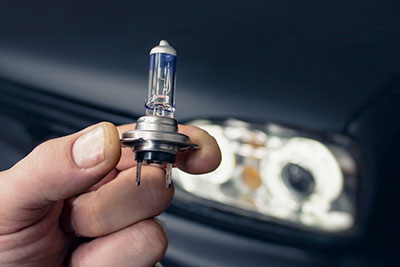
Turn your headlights on and park your vehicle in a safe space. Once you have stepped out of your vehicle, make sure both headlights are bright and working. Bring your car in for bulb replacement service when you notice that one or both lights are dimming.
Corroded Ground Wire
Having corroded ground wires is one of the leading causes of dim headlights. Your car’s chassis serves as a ground and thus is connected to the bulb circuit through ground wires. As a result of corrosion (or a dirty connection), electricity is disrupted, often resulting in a bulb’s output being lowered.
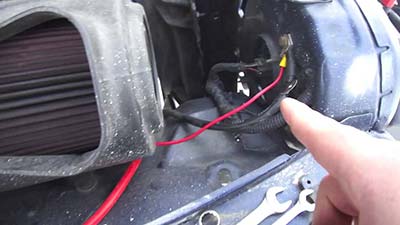
What To Do If My Headlights Are Dim?
You should be concerned if your headlights are dim because it could indicate a serious underlying issue. Your safety is compromised, whether it is a corroded ground wire or a more serious issue. In addition, due to poor visibility at night and inclement weather, you have to slow down to see.
Go To A Mechanic
Contact a mechanic as soon as possible. In addition to the lenses and bulbs, the mechanic will examine the connectors, the ground wires, and more.
To determine if your alternator is healthy, you may have to perform a charging system test. It may also be necessary to examine the alternator belt. The mechanic will provide a detailed inspection report including costs and scope of the necessary repairs.
Invest In Premium Halogen Bulbs
You can use premium-quality halogen bulbs to replace your stock bulbs. You can get up to 50% more light from halogen bulbs of higher quality.
A halogen light bulb can be easily replaced and is relatively inexpensive compared to a retrofit project. Adding a halogen bulb upgrade to a headlight restoration kit can significantly improve the look of the lights on your car.
Make Sure Your Headlights Are Clean
Another way to improve your vehicle’s light output is by using a headlight restoration kit. As the car ages, the moisture slowly creeps into the headlight housing, causing them to fog and become hazy.
Thousands of tiny scratches distort the light coming from your headlights over time. The halogen-based headlights that are found in most cars today have a certain brightness, which can only be restored to their original conditions by cleaning the reflector in front of it.
How To Restore The Brightness Of Dimming Headlights?
Dim headlights can make driving difficult. If the lights are too dim, it is hard to see what is in front of you. With the passage of time, headlights can start to lose their brightness and become dim. There are a few ways you can restore the brightness of your headlights.
- First, try to change the type of bulbs used in your headlights. Halogen bulbs tend to last longer than similar but less bright LEDs.
- Second, if you have a headlight restoration kit from the car manufacturer, follow the instructions included in it.
- Third, if none of these work for you, consider replacing your bulbs with high-intensity discharge (HID) lights that are more powerful than halogen lights and last longer.
- Fourth, replace the car’s stock bulbs with traditional incandescent lightbulbs for those who want to go old school.
Incandescent bulbs are the old-school standard and there’s a way to make them look like new. The key is to clean them with a little bit of vinegar and then polish them to remove any gunk that might have accumulated on the surface.
Final Words
Keep in mind that headlights lose brightness due to several factors. One of them is debris on the windshield or a dirty light bulb. These things can block light from reaching the bulbs and dim them down.
Headlights may also dim over time due to oxidation, aging, and wear and tear on the lamps or their support brackets or wiring. It’s a good idea to take your car in for service if you notice that your headlights are not brightening up as quickly as they used to.

